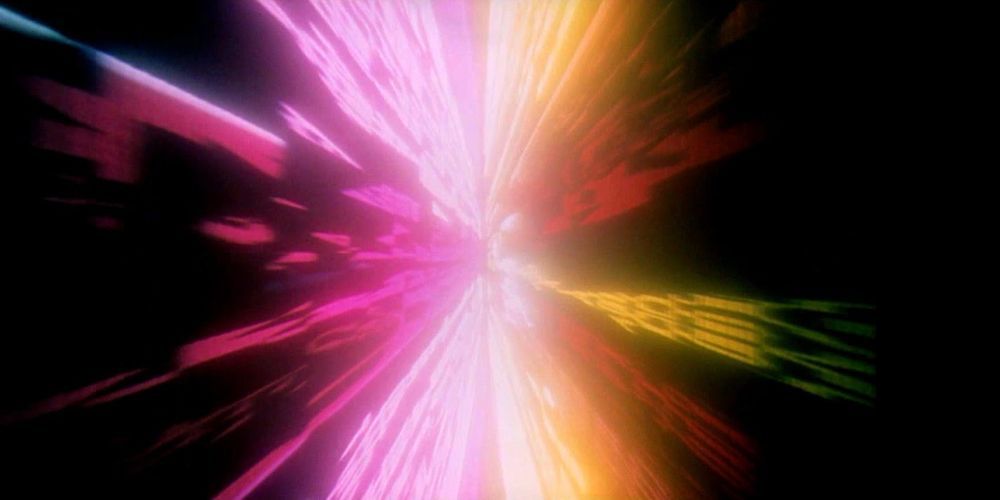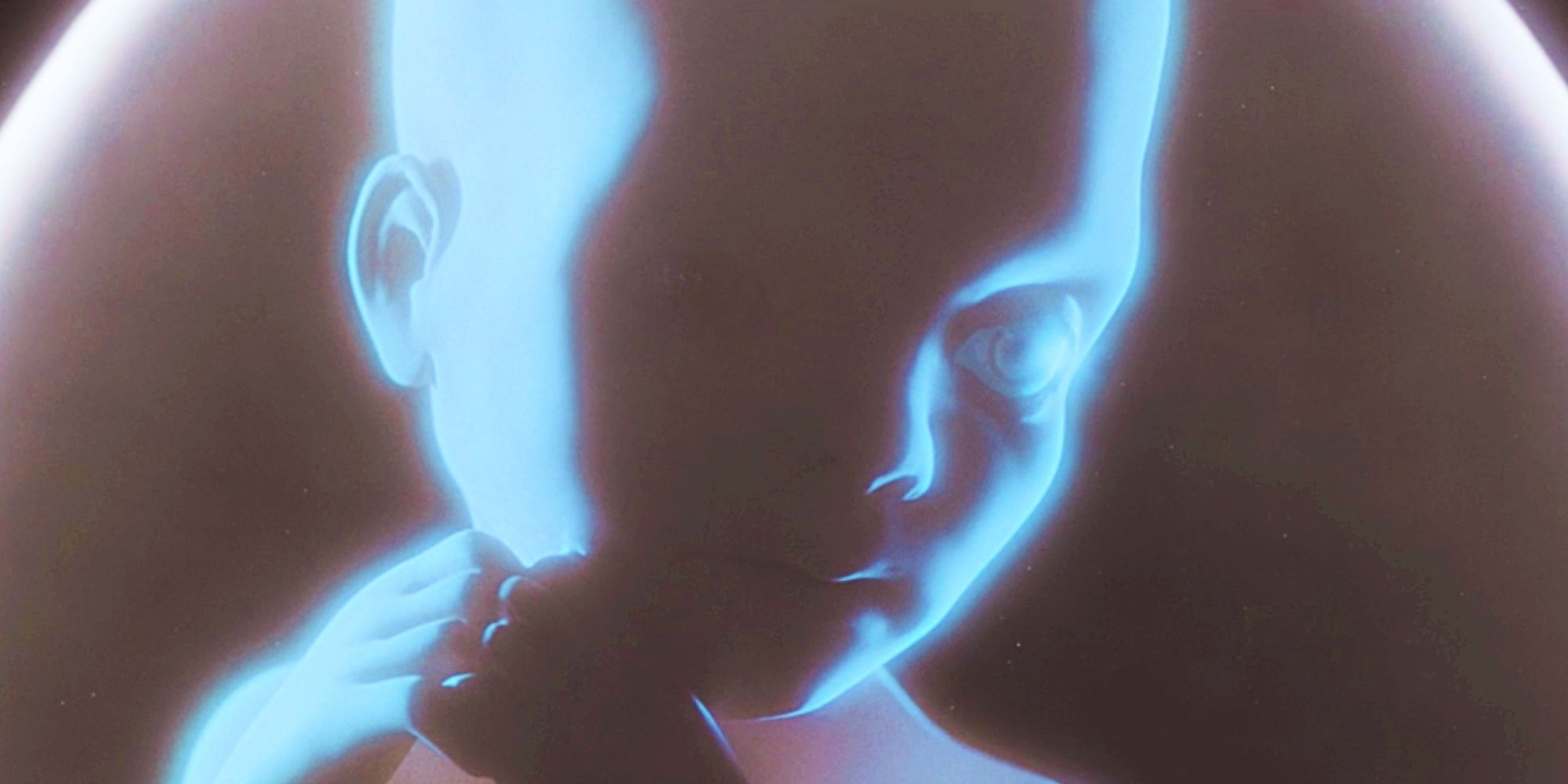Continuity Errere 2001 a Space Odessy
Since its release in 1968, Stanley Kubrick's 2001: A Space Odyssey has been revered by many as one of the most influential movies ever made. The special effects, depiction of space travel and manner of storytelling are said to be way ahead of their time. However, decades after its release, movie-goers still debate back and forth about the true meaning of the ambiguous ending. Few realize that Kubrick himself gave a rare interview explaining exactly what happened.
Before 2001: A Space Odyssey's ending, the story is pretty easy to follow. With the movie being split into four acts, the first follows the dawn of mankind as a group of apes discovers a mysterious monolith placed at their camp. They soon realize the power of tools, which suggests the monolith had something to do with their evolution. But then, in one of the most iconic cuts in cinema history, a bone flying through the air transitions to a space station floating in orbit.

It's revealed that another monolith has been found on the moon and that the American government is covering up its existence. After a team of astronauts interacts with it, the monolith sends out a screeching signal, and 2001: A Space Odyssey cuts to 18 months later. The monolith is said to be transmitting a signal to Jupiter, so a team accompanied by the super-computer HAL 9000 goes on a space journey to find its source.
Believing that humans are a detriment to the mission, HAL attempts to murder everyone on board, with astronaut David Bowman being the last survivor. This is where the movie takes a turn, as David discovers another monolith, but this time is given a vision of shapes and colors for around five minutes. He then finds himself in a cleanly lit room and watches himself age rapidly into an old man. As he lays withered in bed, David reaches out to the monolith and becomes a baby. 2001: A Space Odyssey's final shot shows this child floating above the Earth.
From its release in 1968 to now, the ending has left many people confused, as the obvious intention is to be thought-provoking. Thousands of articles and YouTube analyses attempt to explain what happens, yet many miss a recently-found interview with Kubrick where he explains exactly what happens on screen.

During this interview for Japanese audiences, Kubrick was asked what the end scene actually means, and he explained that Dave was "taken in by godlike entities; creatures of pure energy and intelligence." This is what the colors and hallucinations are supposed to represent. He then describes the room as "a human zoo," where Dave is observed and has no sense of time. The idea for the strangely-decorated room also came from zoo enclosures, where humans mimic the wilderness but it's never authentic.
Explaining the most confusing part of the ending, Kubrick says, "he is transformed into some kind of super being and sent back to Earth... And we have to only guess what happens when he goes back." This suggests that finding the Jupiter monolith allowed David to move onto the next step of human evolution, although what that means isn't entirely explained.
Some fans dislike Kubrick's choice to explain the ending, as he himself says, "I try to avoid doing this," since it runs the risk of ruining the thought-provoking experience. However, most will agree that understanding the events doesn't explain everything, as the charm comes from figuring out the deeper themes and meanings of the scene, which is still heavily up for interpretation.
harrissuccans1946.blogspot.com
Source: https://www.cbr.com/stanley-kubrick-explains-2001-a-space-odyssey-ending/
0 Response to "Continuity Errere 2001 a Space Odessy"
Post a Comment